Home>Storage Ideas>Kitchen Storage>Where Should A Refrigerator Be Placed? Expert Advice On The Perfect Placement
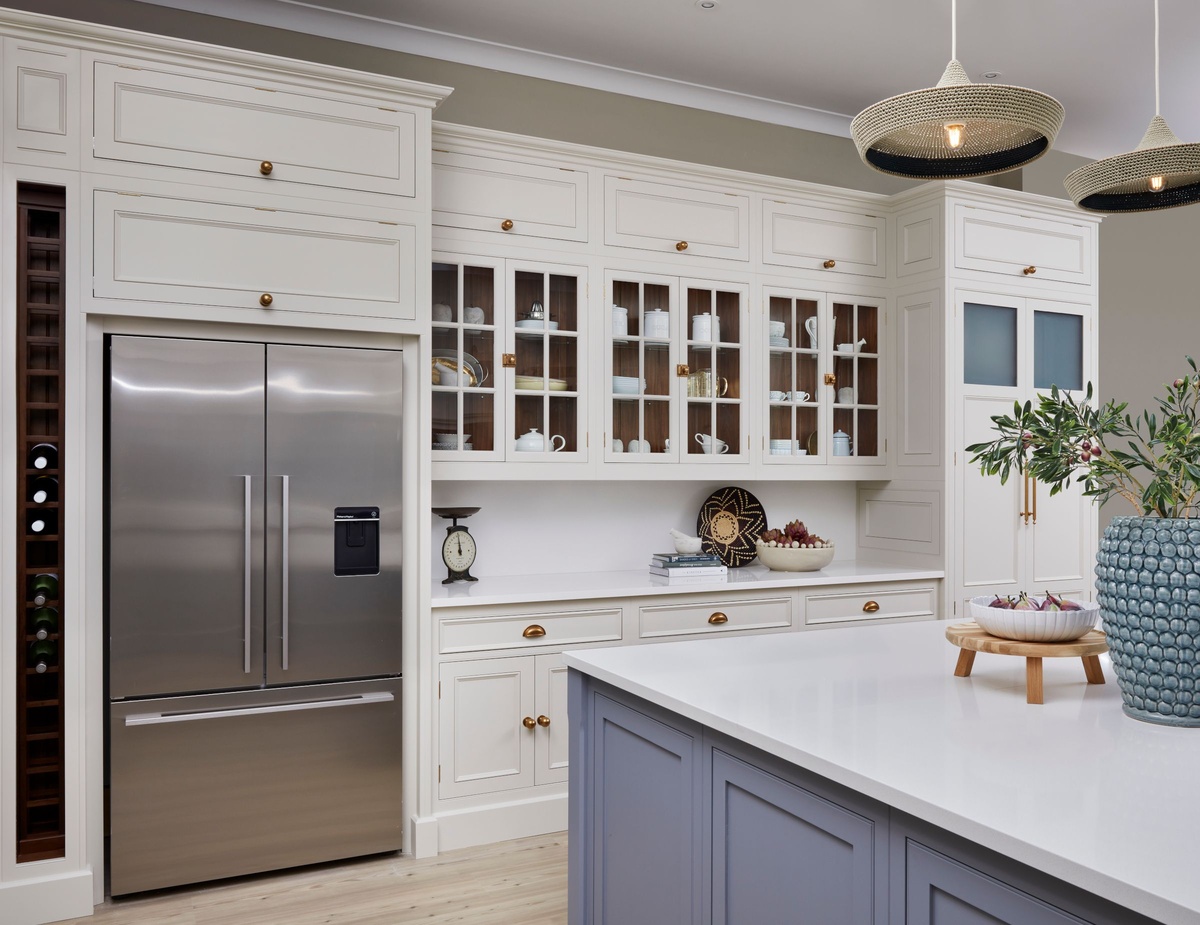

Kitchen Storage
Where Should A Refrigerator Be Placed? Expert Advice On The Perfect Placement
Modified: January 21, 2024
Discover expert advice on the perfect placement for your refrigerator in your kitchen. Get creative kitchen storage ideas to optimize your space.
(Many of the links in this article redirect to a specific reviewed product. Your purchase of these products through affiliate links helps to generate commission for Storables.com, at no extra cost. Learn more)
Introduction
When it comes to kitchen storage, one of the most crucial appliances to place strategically is the refrigerator. The proper placement of a refrigerator not only ensures optimal functionality but also contributes to the overall efficiency and aesthetics of your kitchen. With the right placement, you can enhance the longevity of your refrigerator, improve energy efficiency, and create a more organized and convenient kitchen space.
In this article, we will delve into expert advice on choosing the perfect placement for your refrigerator. We will explore the ideal room temperature for refrigerator placement, the best locations in your kitchen, common mistakes to avoid, considerations for built-in refrigerators, and helpful tips for optimizing placement. Whether you are renovating your kitchen or looking to maximize the efficiency of your existing setup, this guide will provide valuable insights and recommendations.
Proper refrigerator placement is essential for several reasons. Firstly, it ensures that the refrigerator operates at its optimal capacity, maintaining the correct temperature and humidity levels to keep your food fresh and safe. Secondly, an appropriately placed refrigerator improves energy efficiency, as it reduces the strain on the appliance’s cooling system. Lastly, an organized and well-placed refrigerator contributes to a functional and visually appealing kitchen space, enhancing your overall cooking and dining experience.
Before diving into the specifics of refrigerator placement, let’s first understand the ideal room temperature for this appliance. The general recommendation is to keep your kitchen at a temperature between 60°F and 75°F (15°C and 24°C). Extreme temperature fluctuations can hamper the refrigerator’s performance, so it is important to maintain a stable environment. Avoid placing your refrigerator near heat sources such as ovens, stoves, or direct sunlight, as it can cause the appliance to work harder to maintain the desired temperature.
Key Takeaways:
- Proper refrigerator placement is crucial for efficient operation, prolonged lifespan, energy efficiency, and a visually appealing kitchen. Consider room temperature, ventilation, and accessibility for optimal functionality.
- Avoid common mistakes like blocking ventilation and neglecting leveling to ensure your refrigerator operates optimally. Optimize placement by choosing a level surface, providing clearance, and keeping it away from heat sources.
Importance of Proper Refrigerator Placement
The proper placement of your refrigerator is crucial for several reasons. Let’s explore the importance of finding the right spot for your appliance in your kitchen:
- Efficient Operation: Placing your refrigerator in an appropriate location ensures that it operates efficiently. The refrigerator needs adequate airflow around it to release heat produced during the cooling process. If the appliance is placed in a confined or poorly ventilated area, it can lead to decreased efficiency and potential malfunctions.
- Prolonged Lifespan: When your refrigerator is placed correctly, it experiences less strain on its components. As a result, the appliance is less prone to wear and tear, extending its lifespan. By avoiding placing the refrigerator in areas where it is exposed to extreme temperatures or humidity, you can help prevent damage to the compressor and other vital parts of the appliance.
- Energy Efficiency: Proper refrigerator placement can significantly impact energy consumption. When the refrigerator is in an area with good airflow and away from heat sources, it doesn’t have to work as hard to maintain the desired temperature. This translates to lower energy usage and reduced utility bills.
- Organization and Convenience: The placement of your refrigerator plays a significant role in creating an organized and efficient kitchen space. It should be easily accessible, allowing you to retrieve items without any hassle. A well-placed refrigerator also enables you to organize your kitchen effectively, with designated areas for different food groups and storage solutions.
- Aesthetics: The refrigerator is often a prominent feature in the kitchen, and its placement can impact the overall aesthetics of the space. By carefully considering the design and layout of your kitchen, you can ensure that the refrigerator blends harmoniously with the surrounding elements, creating a visually pleasing environment.
To reap the benefits of proper refrigerator placement, it is important to keep in mind factors such as ventilation, temperature regulation, accessibility, and overall kitchen design. By optimizing the placement of your refrigerator, you can enhance its performance, reduce energy consumption, prolong its lifespan, and create an organized and visually appealing kitchen space.
Ideal Room Temperature for Refrigerator Placement
Choosing the right room temperature for your refrigerator placement is essential for its efficient operation. Here are some key considerations:
The ideal room temperature for your kitchen, where the refrigerator is typically located, is between 60°F and 75°F (15°C and 24°C). This temperature range provides an optimal environment for the refrigerator to function properly and maintain food freshness.
Extreme temperatures can impact the efficiency and performance of your refrigerator. Placing the appliance in a room that is too hot can force the refrigerator’s compressor to work harder to maintain the desired cool temperature. Conversely, if the room is too cold, it can cause the refrigerator’s thermostat to register higher temperatures, resulting in potential food spoilage.
Avoid placing the refrigerator in areas exposed to direct sunlight or near heat sources such as ovens, stoves, or radiators. These factors can raise the ambient temperature around the appliance, making it difficult for the refrigerator to maintain the desired internal temperature. Additionally, placing the refrigerator in a drafty area can cause temperature fluctuations, which can impact the efficiency and performance of the appliance.
It is also crucial to consider the ventilation around the refrigerator. The appliance requires proper airflow to dissipate heat generated during the cooling process. Ensure that there is sufficient space around the refrigerator, allowing for at least 2-3 inches of clearance on all sides and 1 inch at the back. This enables the heat to disperse and prevents the appliance from overheating.
If your kitchen is prone to extreme temperatures or lacks proper ventilation, consider installing additional measures to regulate the environment. This can include using a ventilation fan or placing a small fan near the refrigerator to improve air circulation. These steps can help maintain a stable and suitable room temperature for the appliance.
By ensuring the ideal room temperature for your refrigerator placement, you can enhance its efficiency, prolong its lifespan, and keep your food fresh and safe for longer periods. It is important to regularly monitor and adjust the temperature in your kitchen to optimize the performance of your refrigerator.
Best Locations for Refrigerator Placement
Choosing the best location for your refrigerator is key to maximizing its functionality and convenience in your kitchen. Here are some recommended areas to consider:
- Against a Wall: Placing your refrigerator against a wall is a common and practical choice. This position can provide stability and support for the appliance, preventing accidental tipping or movement. Ensure that there is ample clearance between the refrigerator and the wall to allow for proper ventilation.
- Near the Cooking Area: A popular choice is to place the refrigerator near the cooking area for easy access to ingredients. This location allows for quick retrieval of items while cooking, minimizing time and effort. However, it is important to ensure that the refrigerator is not directly exposed to heat sources such as ovens or stovetops, as this can impact its performance.
- Close to the Sink: Placing the refrigerator near the sink can be convenient for food preparation and cleanup. It allows for easy access to water when needed and provides a practical workflow in the kitchen. However, ensure that the refrigerator is not too close to the sink, as excessive moisture can affect the performance of the appliance.
- Adjacent to the Pantry: If you have a pantry in your kitchen, consider placing the refrigerator adjacent to it. This allows for seamless access to both the pantry and refrigerator items while cooking or preparing meals. It also promotes efficient organization and storage of food items in the kitchen.
- Island Placement: In larger kitchens with an island, placing the refrigerator in the island can be a stylish and functional choice. This central location provides easy access from all sides and keeps the refrigerator within reach of the main prep and cooking areas. Ensure that there is enough countertop space around the refrigerator for convenient use.
Regardless of the location you choose, make sure it meets the necessary requirements for proper refrigerator functionality. Adequate ventilation, stable room temperature, and proximity to necessary kitchen elements such as the sink and pantry are crucial. Additionally, consider the visual appeal and flow of your kitchen when determining the placement of your refrigerator.
It is important to note that the best location for your refrigerator may vary depending on the layout and size of your kitchen. Take into account your specific needs, the available space, and the overall design of your kitchen to determine the most suitable placement for your refrigerator.
By placing your refrigerator in an optimal location, you can enhance its accessibility, improve workflow in the kitchen, and create a visually appealing and organized space.
The refrigerator should be placed away from direct sunlight and heat sources, such as ovens and dishwashers, to ensure it operates efficiently. It’s also important to leave enough space around the refrigerator for proper ventilation.
Avoiding Common Mistakes in Refrigerator Placement
When it comes to refrigerator placement, there are some common mistakes that homeowners often make. By being aware of these mistakes and avoiding them, you can ensure that your refrigerator functions optimally. Here are some key mistakes to watch out for:
- Blocking Ventilation: One of the most common mistakes is blocking the ventilation around the refrigerator. Proper airflow is crucial for the appliance’s performance and energy efficiency. Avoid placing the refrigerator too close to walls, cabinets, or other obstacles that can impede the airflow. Make sure there is sufficient clearance on all sides and at the back of the appliance.
- Exposure to Heat Sources: Placing the refrigerator near heat sources such as the oven, stove, or direct sunlight can negatively impact its performance. The ambient heat can cause the refrigerator to work harder to maintain the desired temperature, which can lead to increased energy consumption and potential malfunctions. Keep the refrigerator away from these heat sources to ensure optimal functionality.
- Poorly Insulated Surroundings: The refrigerator’s performance can be affected by the temperature of the surrounding space. Placing the appliance in an area that lacks proper insulation, such as a garage or unfinished basement, can expose it to extreme temperatures. These temperature fluctuations can compromise the freshness and safety of your food. Ideally, place your refrigerator in a climate-controlled area within your home.
- Lack of Leveling: It’s crucial to ensure that your refrigerator is level to prevent operational issues. If the appliance is not properly leveled, the doors may not close tightly, leading to air leaks and energy wastage. Use a leveling tool to adjust the feet of the refrigerator until it is perfectly balanced.
- Neglecting the User Manual: Every refrigerator model is unique, and the manufacturer’s user manual contains valuable instructions for proper placement. Make sure to read and follow the guidelines provided by the manufacturer for optimal placement and performance of your specific refrigerator model.
By avoiding these common mistakes, you can ensure that your refrigerator operates efficiently, maximizes energy efficiency, and maintains the freshness and safety of your food. Take the necessary precautions and consider the manufacturer’s recommendations to avoid any potential issues associated with improper refrigerator placement.
Read more: Where Should Glassware Be Placed
Considerations for Built-in Refrigerators
Built-in refrigerators offer a sleek and seamless look in your kitchen, as they are designed to be integrated with the surrounding cabinetry. When considering a built-in refrigerator, there are a few important factors to keep in mind:
- Size and Dimensions: Built-in refrigerators come in various sizes, so it’s crucial to measure the space accurately before making a purchase. Consider the height, width, and depth of the available space in your kitchen to ensure a proper fit.
- Ventilation: Built-in refrigerators require proper ventilation to function optimally. They usually have venting systems in the front or top that need clear airflow to dissipate heat. Ensure that there is enough space around the refrigerator for proper ventilation, following the manufacturer’s recommendations.
- Cabinet Design and Integration: Consider the design and style of your kitchen cabinets when choosing a built-in refrigerator. It should blend seamlessly with the surrounding cabinetry to create a cohesive and aesthetically pleasing look. Check if the refrigerator model offers customization options to match the cabinet panels for a seamless integration.
- Electrical and Plumbing Requirements: Built-in refrigerators may have specific electrical and plumbing requirements. Ensure that your kitchen has the necessary electrical outlets and water supply if your chosen model requires them. Consult with a professional if you need any electrical or plumbing modifications for the installation.
- Installation Process: Installing a built-in refrigerator may require professional assistance due to its specific installation requirements. Consult with a professional installer or follow the manufacturer’s instructions carefully to ensure a proper and safe installation.
Built-in refrigerators offer a high-end and integrated look in your kitchen, but it’s essential to consider these key factors to ensure a seamless and successful installation. By taking the time to plan and make the necessary preparations, you can enjoy the benefits of a built-in refrigerator that perfectly fits your kitchen design and meets your needs.
Tips for Optimizing Refrigerator Placement
Optimizing the placement of your refrigerator is crucial for its efficient operation and convenience in your kitchen. Here are some tips to help you make the most out of your refrigerator placement:
- Choose a Level Surface: Ensure that your refrigerator is placed on a level surface to prevent any stability issues or problems with the door seal. Use a leveling tool to adjust the appliance’s feet until it is perfectly level.
- Allow Adequate Clearance: Provide sufficient clearance around the refrigerator to allow for proper airflow and ventilation. Leave at least 2-3 inches of space on all sides and 1 inch at the back of the appliance to ensure optimal performance.
- Keep it Away from Heat Sources: Avoid placing the refrigerator near heat sources such as direct sunlight, ovens, stoves, or radiators. Excessive heat can hinder the refrigerator’s ability to maintain the desired temperature and put additional strain on its cooling system.
- Utilize Door Swing Space: Consider the swing direction of your refrigerator’s doors and make sure there is enough space for them to open fully without obstruction. This will allow for easy access to the interior compartments and enable you to load and unload items conveniently.
- Utilize Shelves and Compartments: Organize the contents of your refrigerator thoughtfully to make the most of the available space. Use adjustable shelves and compartments to accommodate different-sized items and create an organized storage system. Keep frequently used items within easy reach for convenience.
- Regularly Clean and Defrost: Regular cleaning and defrosting of your refrigerator are essential for proper maintenance. Remove any food spills, expired items, and frost buildup regularly to keep the appliance running efficiently and maintain food safety.
- Monitor the Temperature: Keep an eye on the temperature inside your refrigerator to ensure it remains within the recommended range. Use a refrigerator thermometer to check and adjust the temperature settings as needed.
- Consider a Thermometer Placement: Place a thermometer inside your refrigerator to monitor the temperature accurately. Position it away from any direct contact with food or in a central location to get an accurate reading of the overall temperature.
By following these tips, you can optimize the placement of your refrigerator, maximize its efficiency, and create a functional and well-organized kitchen space. Remember to regularly maintain and clean your refrigerator to ensure its longevity and keep your food fresh and safe for consumption.
Conclusion
Proper refrigerator placement is crucial for ensuring optimal functionality, energy efficiency, and convenience in your kitchen. By following the expert advice provided in this article, you can make informed decisions when it comes to placing your refrigerator and create a well-organized and visually appealing kitchen space.
Consider the ideal room temperature for refrigerator placement, aiming for a stable temperature between 60°F and 75°F (15°C and 24°C). Avoid placing the refrigerator near heat sources or in areas exposed to direct sunlight, as this can negatively impact its performance and energy consumption.
The best locations for refrigerator placement often include against a wall, near the cooking area, close to the sink, adjacent to the pantry, or in the island for larger kitchens. Choose a location that enhances accessibility and workflow in your kitchen, while also ensuring proper ventilation and clearance for the appliance.
Avoid common mistakes in refrigerator placement, such as blocking ventilation, exposing it to heat sources, placing it in poorly insulated surroundings, neglecting leveling, and ignoring the manufacturer’s instructions. By avoiding these errors, you can ensure optimal performance and longevity of your refrigerator.
When considering a built-in refrigerator, carefully measure the available space, consider ventilation requirements, ensure integration with your kitchen cabinetry, and plan for any electrical or plumbing needs. Professional installation may be required for built-in models due to their specific requirements.
Lastly, follow the tips provided to optimize your refrigerator placement: choose a level surface, allow adequate clearance, keep it away from heat sources, utilize door swing space, organize shelves and compartments, regularly clean and defrost, monitor the temperature, and consider using a thermometer for accurate readings.
By implementing these strategies, you can enhance the functionality, energy efficiency, and longevity of your refrigerator, while also creating a visually pleasing and organized kitchen space. Enjoy the benefits of an optimally placed refrigerator that keeps your food fresh, accessible, and safe for consumption.
Frequently Asked Questions about Where Should A Refrigerator Be Placed? Expert Advice On The Perfect Placement
Was this page helpful?
At Storables.com, we guarantee accurate and reliable information. Our content, validated by Expert Board Contributors, is crafted following stringent Editorial Policies. We're committed to providing you with well-researched, expert-backed insights for all your informational needs.

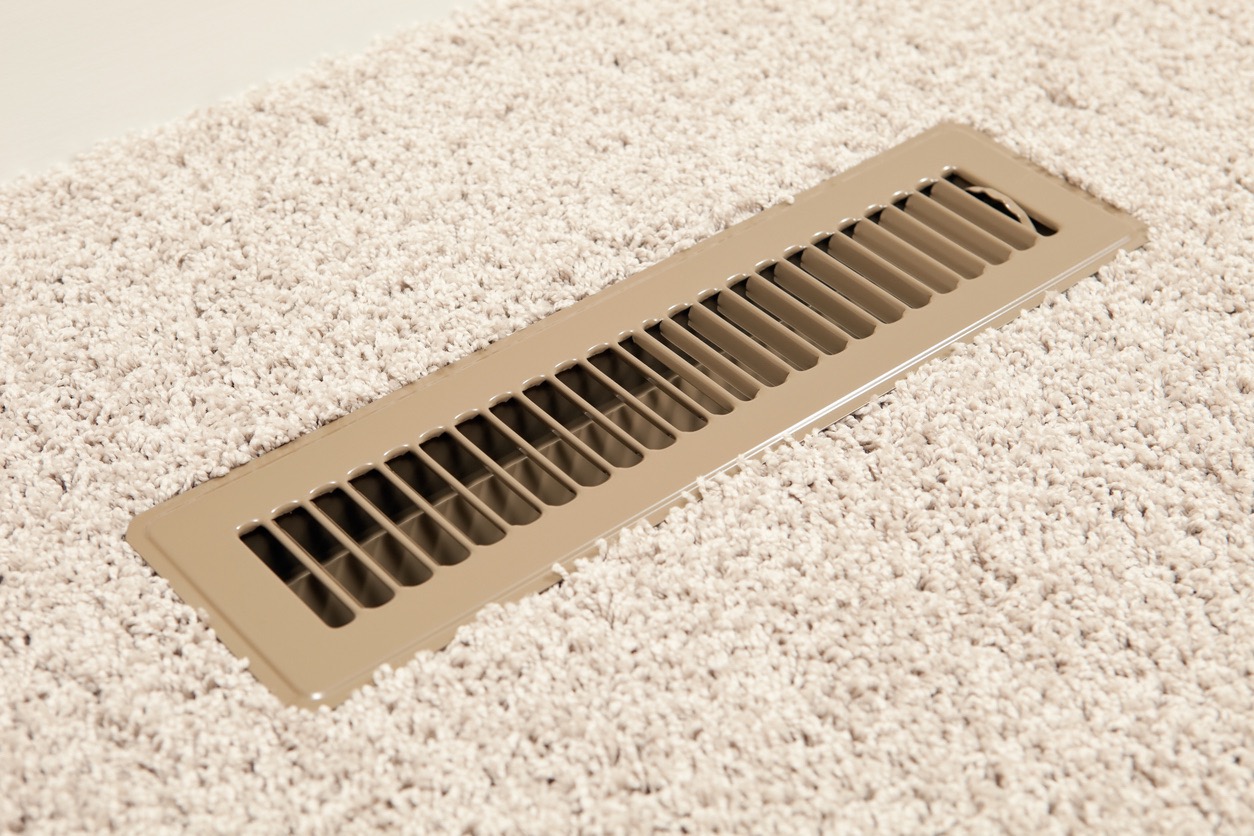




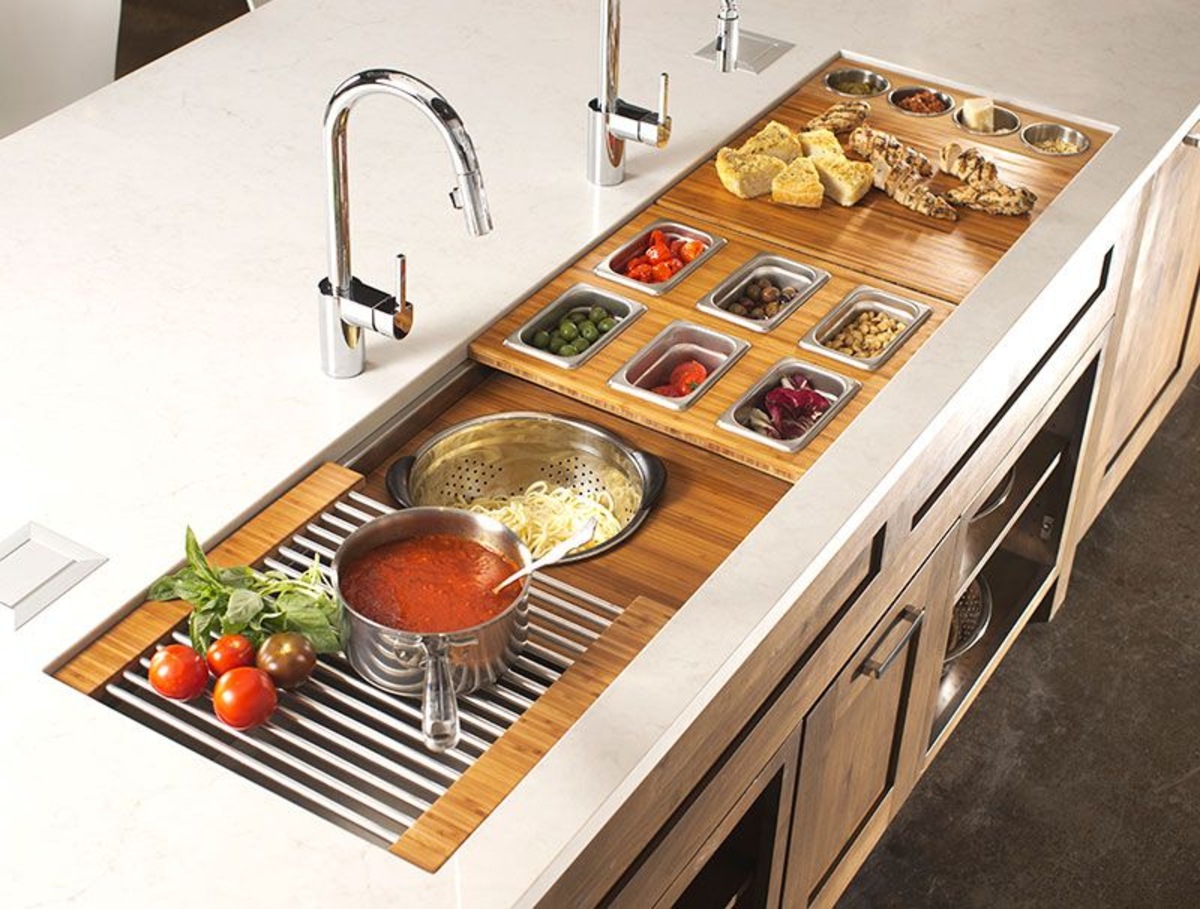
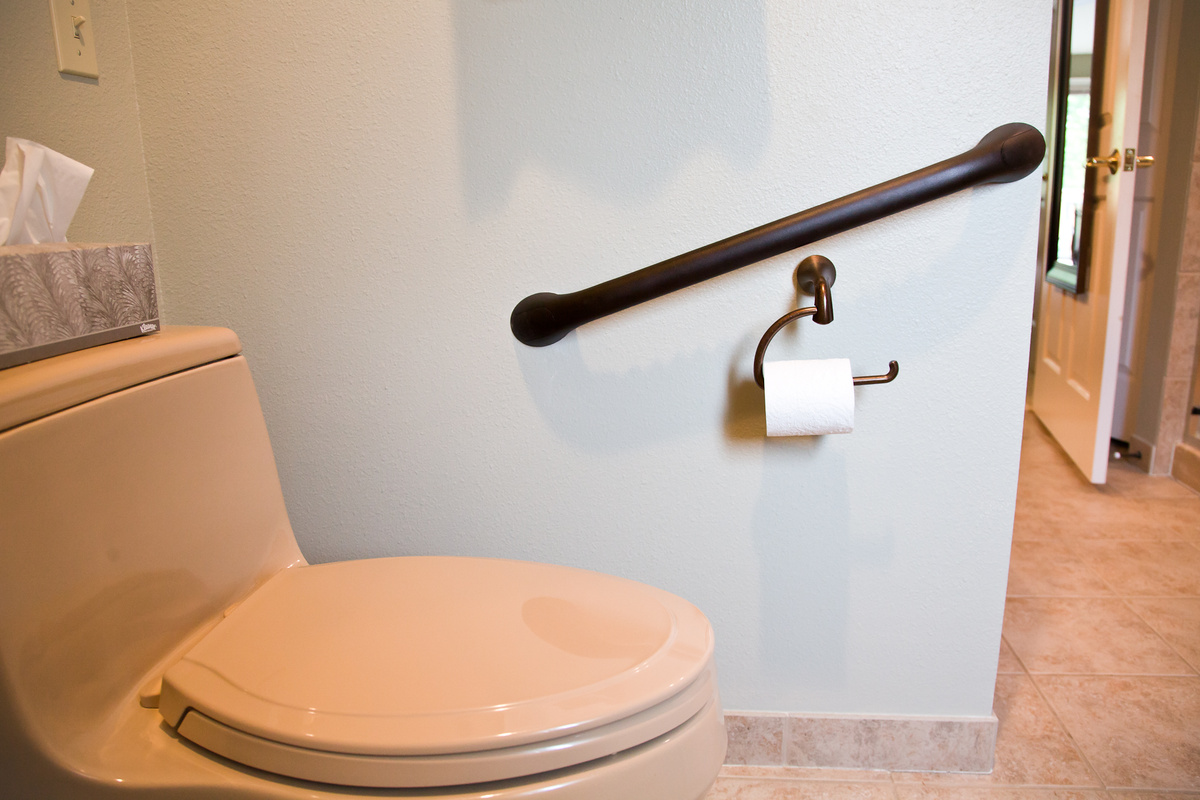
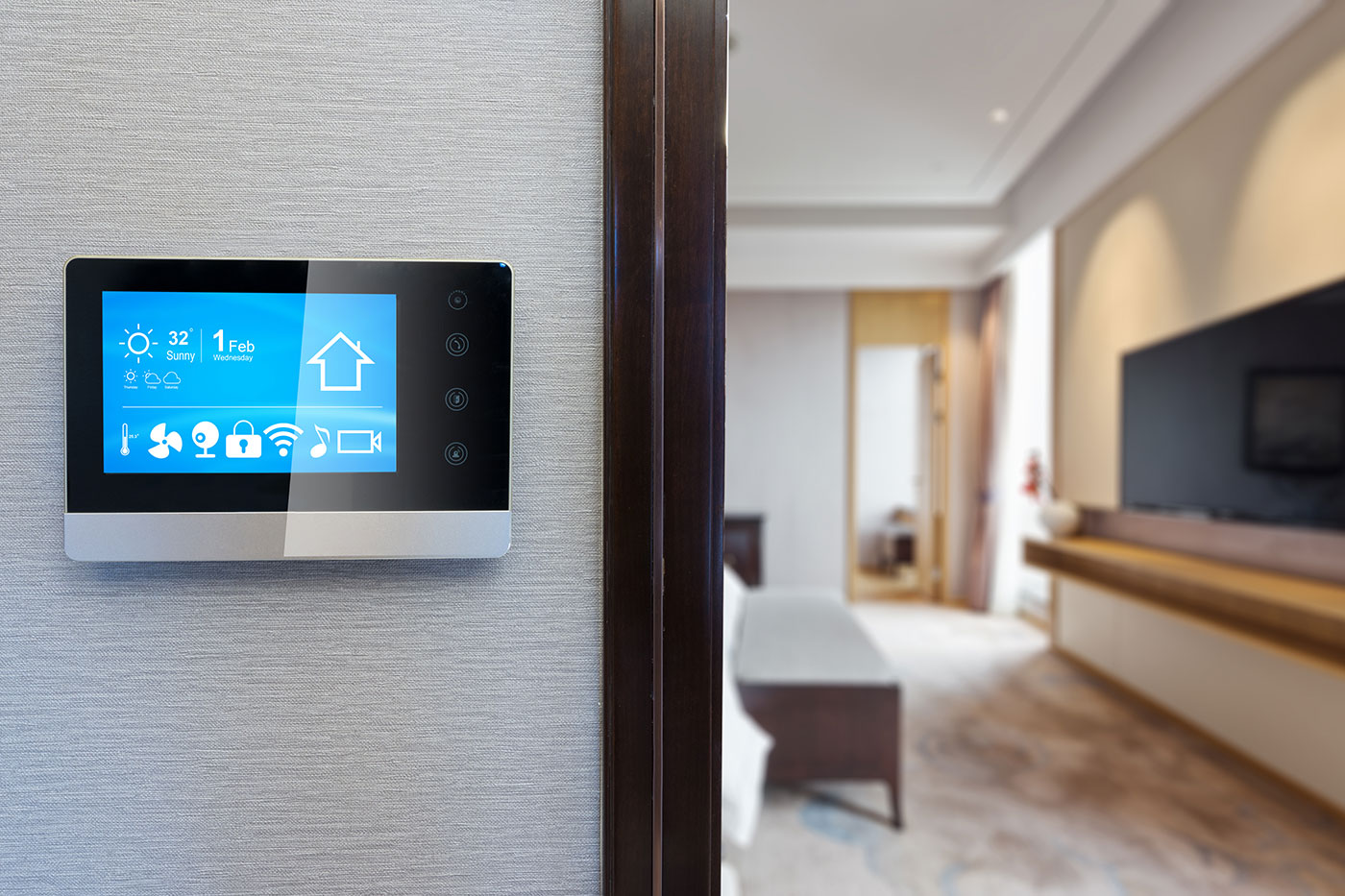


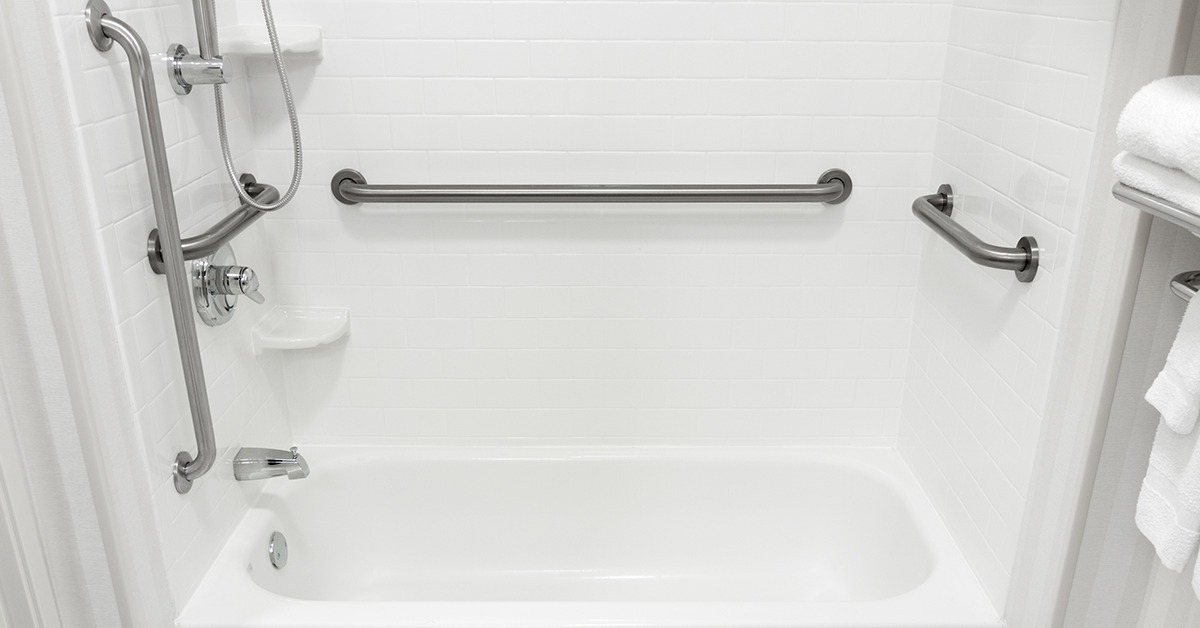
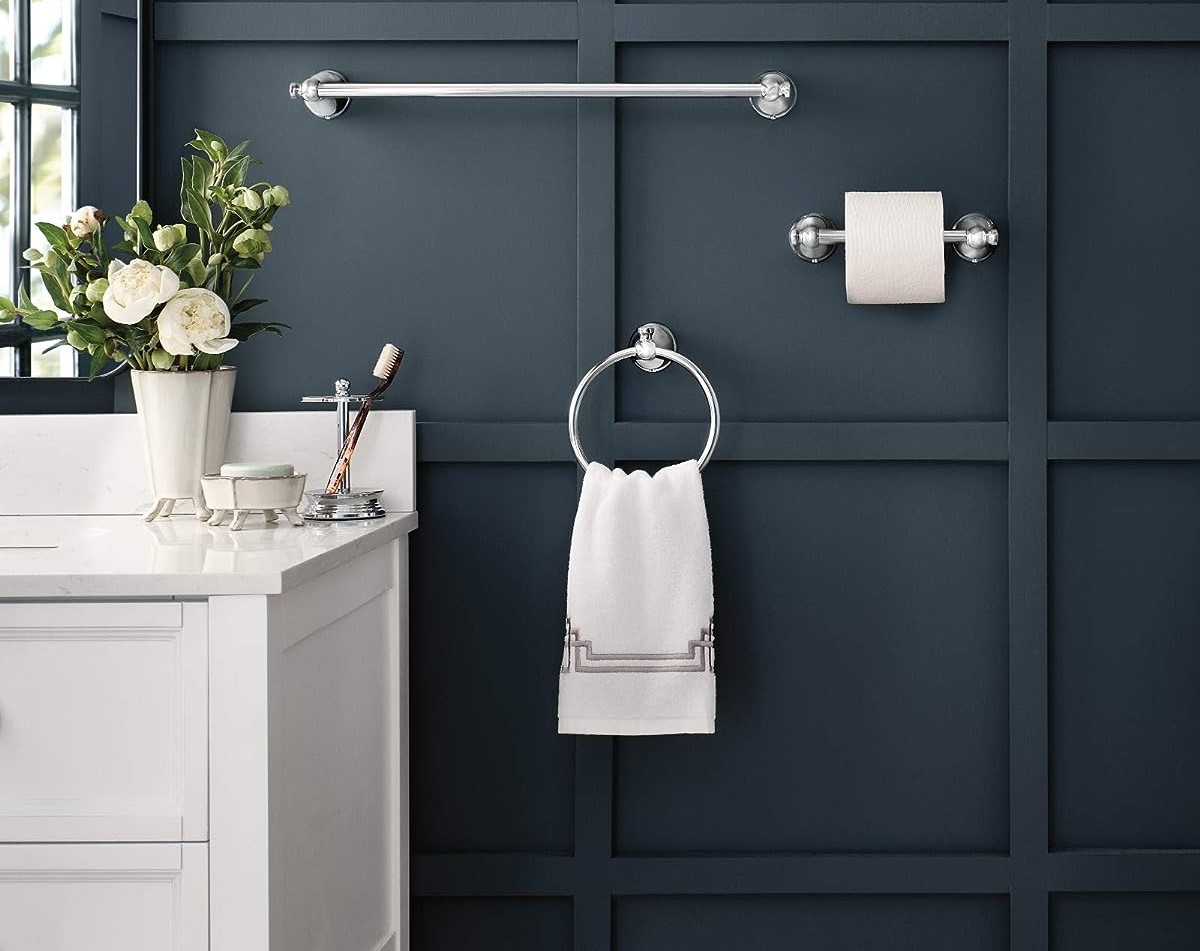


0 thoughts on “Where Should A Refrigerator Be Placed? Expert Advice On The Perfect Placement”